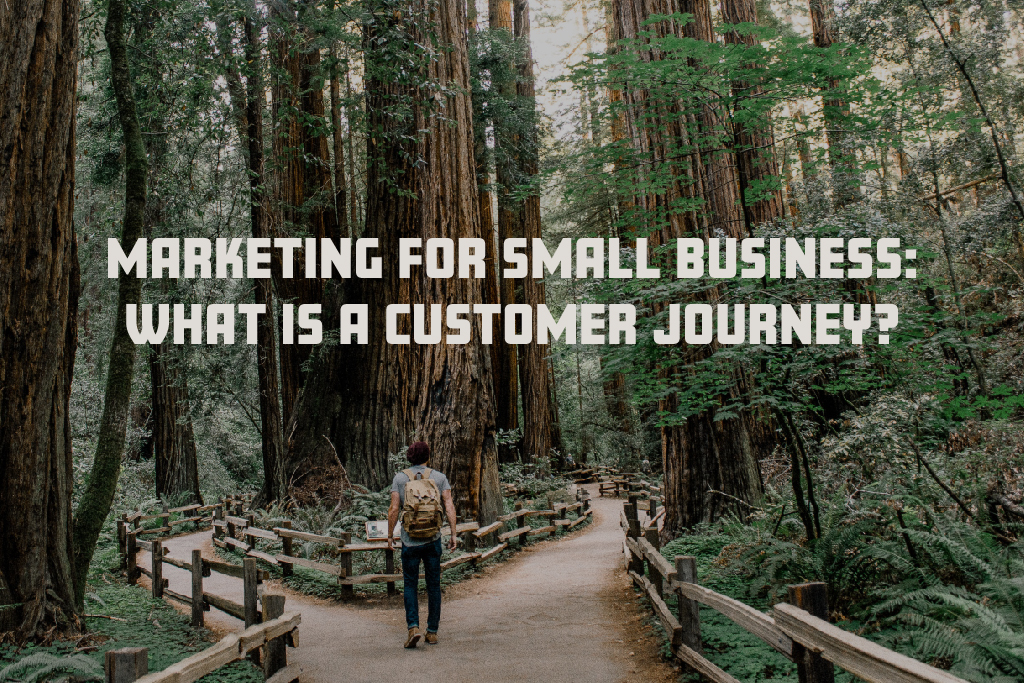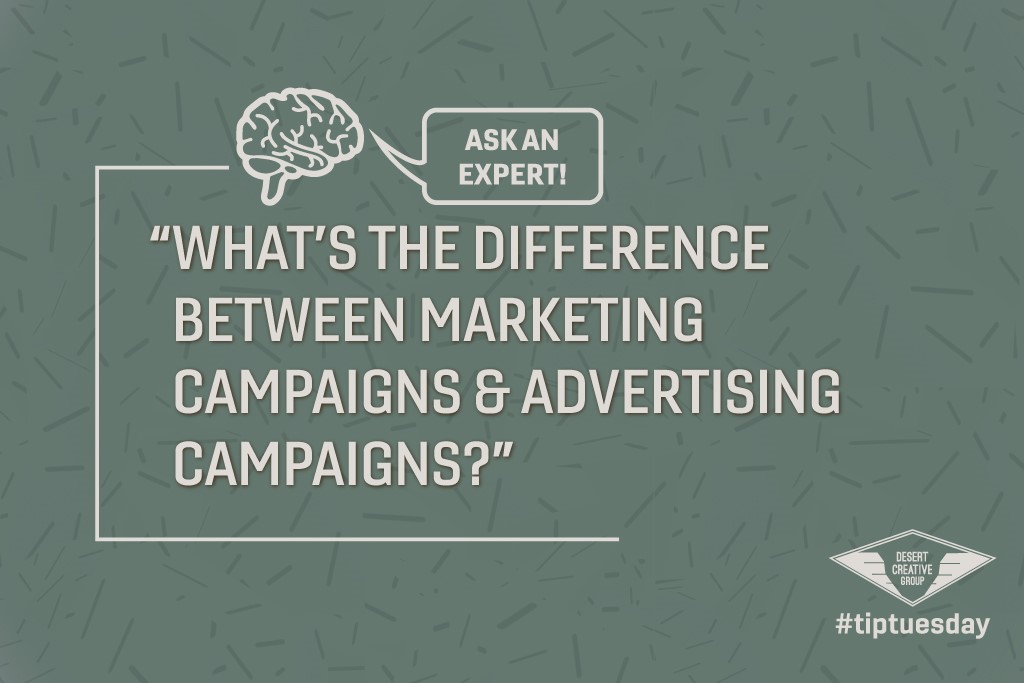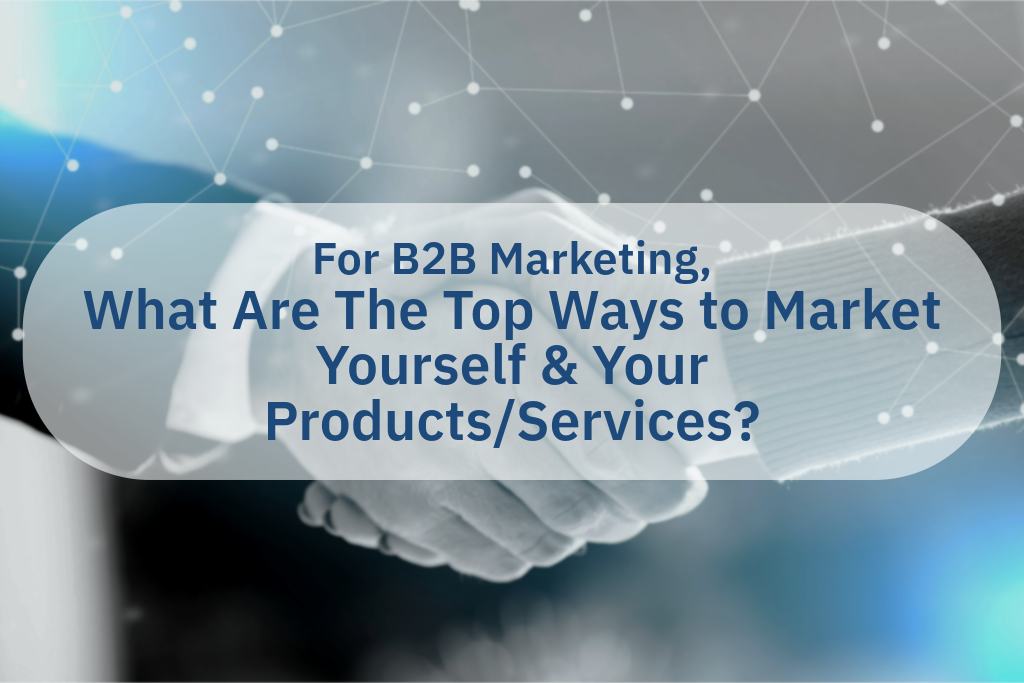How the Next Google Algorithm May Affect Your Customer Journey
Businesses have an enormous task of not only the development and distribution of a product or service but also of marketing to drive sales. In part one of our series: “Marketing for Small Businesses” we discussed the benefits of a Strategic Marketing Plan. The first step in creating a Strategic Marketing Plan is to understand your customer journey. The customer journey drives the Strategic Marketing Plan by educating your audiences on who you are, targeting new sales leads, fostering current relationships, as well as driving conversion and repeat purchasing.
A customer journey is a process a customer goes through with a company. It tells the story of your customer’s experience with your brand across all touchpoints. While touchpoints can be anything from an Instagram post, to a Google search or even an in-person conversation, it’s important to know where and when your customer is connecting with your brand to translate touchpoints into sales. When you understand how customers view and interact with your company before and after they purchase you can use that information to increase sales and customer retention.
With technology and information at our fingertips, customers no longer fit into a tidy, linear path on their customer journey. The average consumer will use up to 10 channels to communicate with a brand. Businesses must now plan to distribute effective content to a client along each stage of the journey and each customer’s journey may look different.
How Google Fits In
Search engines are one of many gateways small businesses use to create touchpoints. To generate more traffic to a website, small businesses often rely mostly on search engines like Google. However, gone are the days when Google’s algorithm would return search queries with results based on keywords alone. Search engines are getting a lot better at knowing your customer and meeting their needs at each stage of the customer journey. So now you need to as well. With Google updating their algorithm for 2021, rankings will now be based on-page experience. This includes load time, interactivity, visual stability, and mobile-friendliness to name a few. So, what does this mean? Well, your rating now depends heavily on how well users can access and connect with your website across multiple platforms. This means you need to be able to connect with your customers throughout their journey as potential, new, current, and repeat clients.
When you develop a Strategic Marketing Plan based on your customer’s journey you shift from just creating awareness or pushing sales to connect with your customers based on intent. You meet your clients where they are at; a more effective way to convert leads. Successful businesses will shift away from the sole reliance on search engines to convert leads and move towards this intent-based marketing strategy. Search engines, like Google, are becoming more adept at knowing your customers who are now often 90% of the way through the purchasing process before even making direct contact with your organization. While knowing your demographics of your customer is important, it’s even more important to understand what they want.
Make sure your business can easily answer: What is the problem your product or service addresses and how does it match your customers’ intent at each stage of their journey?
Example Time:
Suppose you run a Global nonprofit organization that helps cultures and countries catalog, preserve, and display archaeological artifacts. Here is an example of a customer journey:

Description:
A potential customer might first see a nonprofit’s post on Instagram because they are scrolling through posts tagged with #historytoday. The lead then goes to the nonprofit’s profile and decides to follow them. This same lead (let’s call her Sarah) texts a friend about the post she saw while simultaneously using her laptop to search for more information about the project and read news articles from other sources via Google. Sarah finds a blog post from the nonprofit’s website. She is now on the nonprofit’s site where she reads about its mission and other projects. Sarah then opens the YouTube app on her iPad where she sees a social video promotion about upcoming events and signs up for email alerts. Later in the week, Sarah reads the nonprofit’s email on her phone. She learns about a project it is supporting in a war-torn nation. She researches the history of this conflict and decides to help. Sarah goes to the nonprofit’s Instagram account, clicks on their link in bio and makes a donation.
Building an Effective Customer Journey:
This nonprofit customer journey is just one example of many customers likely to donate. To fully understand your customers, you must put yourself in your audience’s shoes. If you are looking to support an organization, what paths would you take? Use the chart below as an exercise to help you map out what a customer journey could look like for your business.

Answer each question as it relates to each of the five stages: Awareness, Nurturing, Consideration, Decision, and Re-Engagement. Explore what your customer is thinking/feeling, their intent or action, what and where your buyer is researching, and how they got there during each stage of the journey. Remember to also note the platforms your customers use when they connect with you. You can also incorporate the data obtained by tracking movement from social platforms, to websites, to email campaigns and back, to help identify journeys that already exist.
Once mapped compare the differences and similarities across customer journeys. Use this data to determine how to communicate with your customer at each stage of their journey. Customer journeys based on intent and data such as site load time, stickiness, bounce rates, and mobile-friendliness will not only determine how customers find your business but also your ability to convert leads into sales. Combining all this information creates an in-depth picture of your customers’ experience. You also create a visual that enables you to pinpoint where people are falling off if you are not achieving your desired results. In an environment where search engines like Google continually update their algorithms, the customer journey is a key business tool needed to remain nimble. In-depth customer journeys based on data will allow you to easily update your touchpoints and content to connect with your customers at the right time with the right information. When your customer journey is up to date, you stay one step ahead of the next search engine algorithm. Take that Google!
What’s Next:
Up next in our 3-part series “Marketing for Small Business”: Putting Content Into Action.
If you’d like help getting your customer journey mapped out, contact us here!
Subscribe to our blog:




